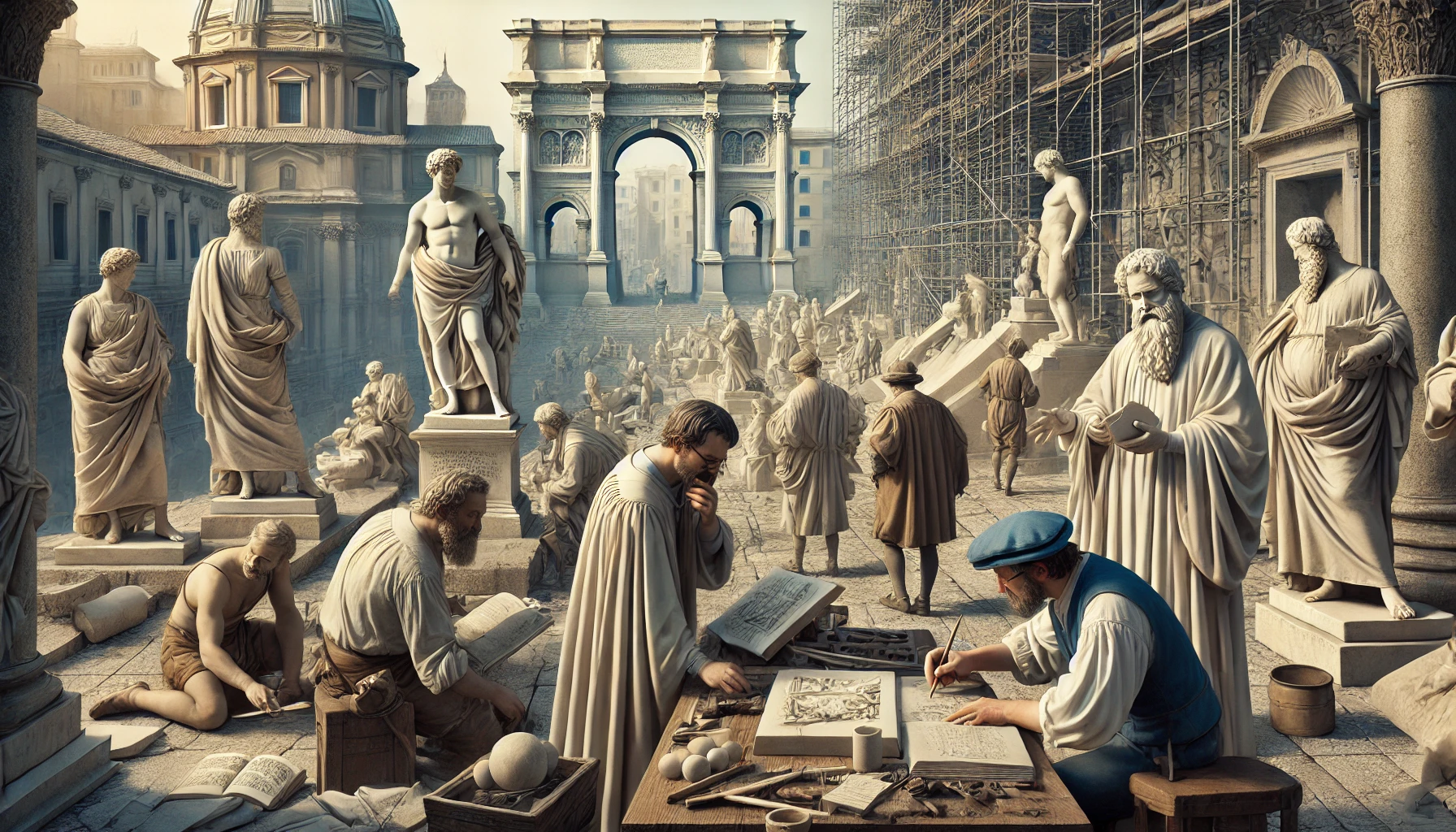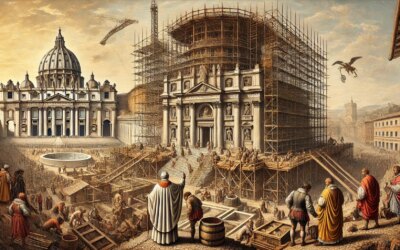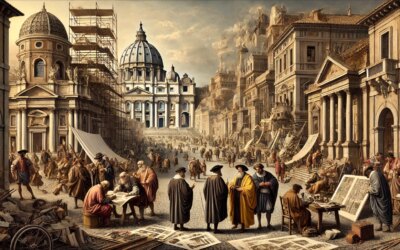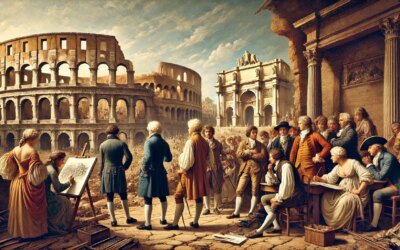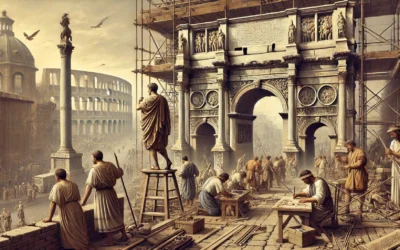Rome’s Transformation in the Early Renaissance
By the 15th century, Rome was emerging from centuries of decline. Once the capital of the ancient world, the city had suffered devastation, neglect, and political instability during the Middle Ages. However, with the dawn of the Renaissance, a movement dedicated to the rediscovery of classical art, architecture, and philosophy, Rome was poised for a grand revival.
The Architects Who Reshaped Rome
Key figures in Renaissance architecture, such as Leon Battista Alberti and Filippo Brunelleschi, played vital roles in Rome’s transformation. They studied ancient Roman ruins, deciphering the principles of classical architecture to inspire new designs. Alberti, in particular, wrote De Re Aedificatoria, a treatise that revived the ideals of proportion and symmetry found in antiquity.
The Restoration of Ancient Ruins
The Renaissance in Rome was not just about new constructions but also about restoring the grandeur of the past. Architects and scholars meticulously studied and repaired ancient structures like the Colosseum, the Pantheon, and Roman aqueducts. This effort symbolized the connection between Rome’s imperial history and its evolving cultural identity.
The Role of the Papacy in the Renaissance
The papal court, recognizing the importance of Rome’s renewal, actively funded artistic and architectural projects. Popes like Nicholas V and later Julius II commissioned the restoration of churches, palaces, and public spaces, setting the stage for Rome to become the heart of the High Renaissance in the 16th century.
Humanists and the Rediscovery of Classical Knowledge
Alongside architects and artists, humanist scholars played a crucial role in Rome’s revival. They sought out ancient manuscripts, transcribed classical texts, and rekindled interest in Roman philosophy, law, and literature. Their efforts helped establish Rome as the intellectual capital of the Renaissance world.
A City Reborn
The 15th-century Renaissance laid the foundation for Rome’s resurgence as a cultural powerhouse. The principles of harmony, balance, and classical beauty that were revived during this era shaped the city’s architecture, art, and urban planning for centuries to come. Today, the grandeur of Renaissance Rome remains a testament to the enduring power of its classical heritage.

